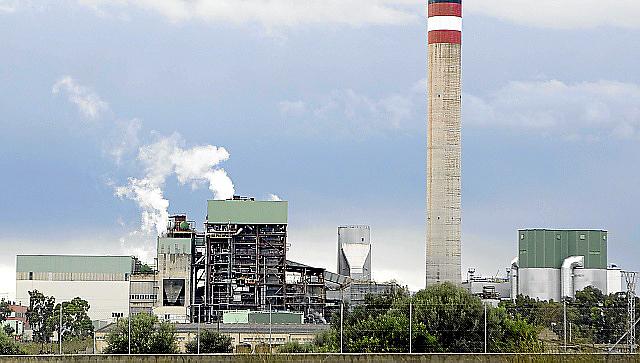By 2020, the regional government intends to shut down half of the Es Murterar power station in Alcudia. Over subsequent years, the rest of it will be closed.
President Armengol announced this yesterday. She was chairing a meeting of the Energy Advisory Council at which the government presented its plan for energy transition. This envisages the progressive closure of power stations and the parallel development of renewable energy. The goal is for 100% clean energy by 2050.
The president described the plan as “historic”, and it complements legislation for climate change and energy which is currently being processed. A new energy model for the Balearics will be “a courageous approach to energy transition”.
Armengol accepted that there is a long way to go. At present, only two per cent of energy is from renewable sources. Other regions in Spain are far more advanced in this regard. The plan, she explained, needs to be applied progressively and with agreement from all interested parties, including the Spanish government, which has the final decision on power plants.
Energy minister Marc Pons said the gradual closure and the adoption of renewables will have a significant impact in reducing polluting emissions. Shutting half of Es Murterar down by 2020 will lead to a 20% reduction in CO2. In Minorca, where there is a plan to switch to natural gas, the reduction will be by 33%. He stated that a switch to renewables will not create a cost for the state. On employment implications, Pons said that growth in renewables will create jobs.
The director-general for energy and climate change, Joan Groizard, explained that the first steps in shutting down older plants and in developing renewables need to have a “cost-neutral impact”. There are five photovoltaic plants in the pipeline. These will increase renewables production to ten per cent. As for the remaining 90%, there will have to be agreement on where they should go and the compatibility of photovoltaic with local environments.

